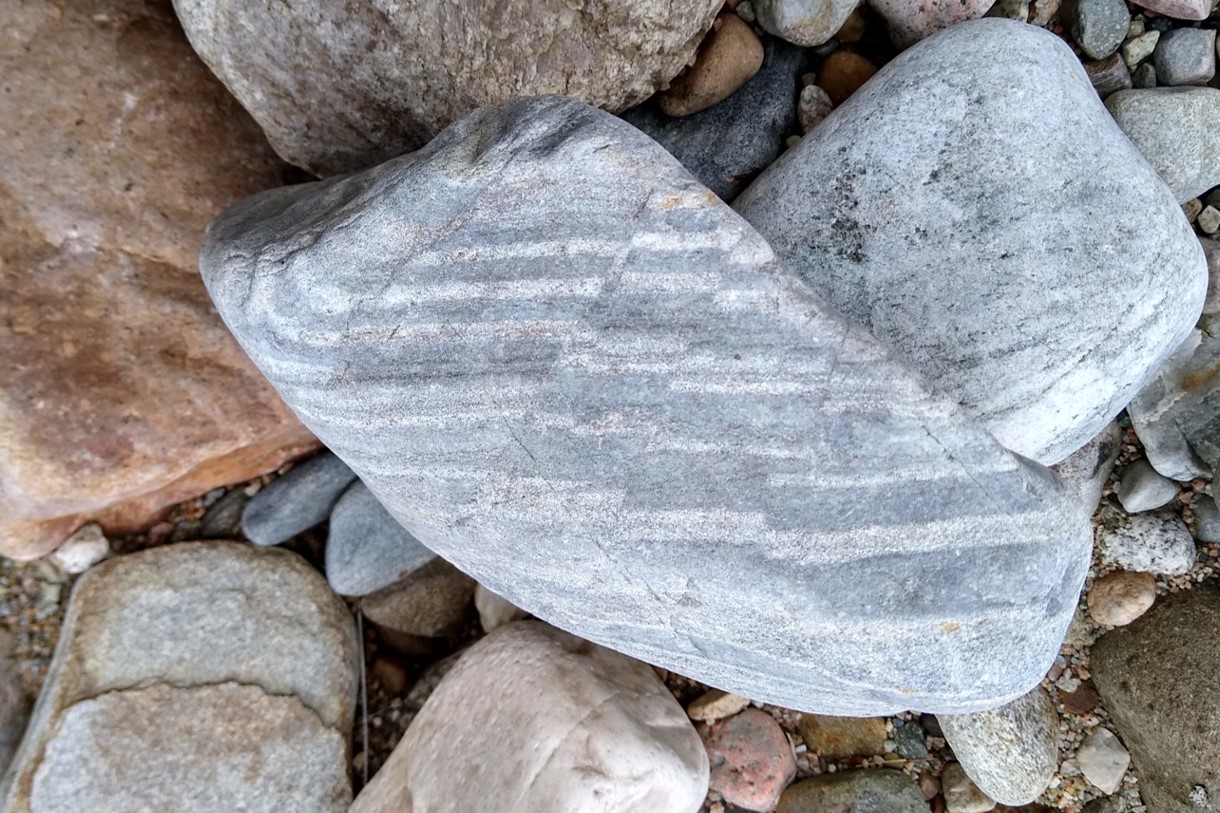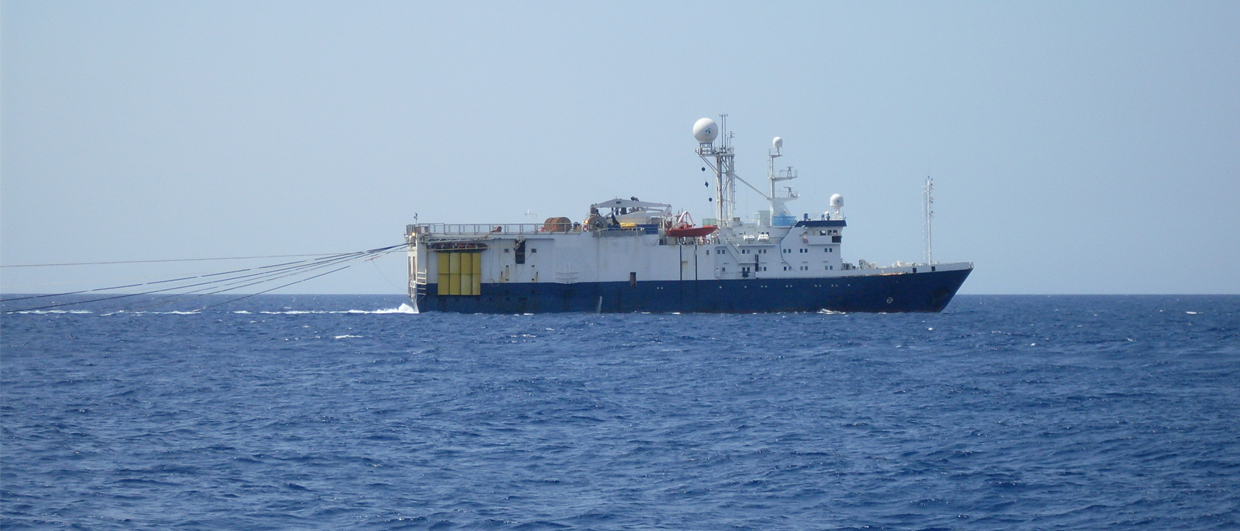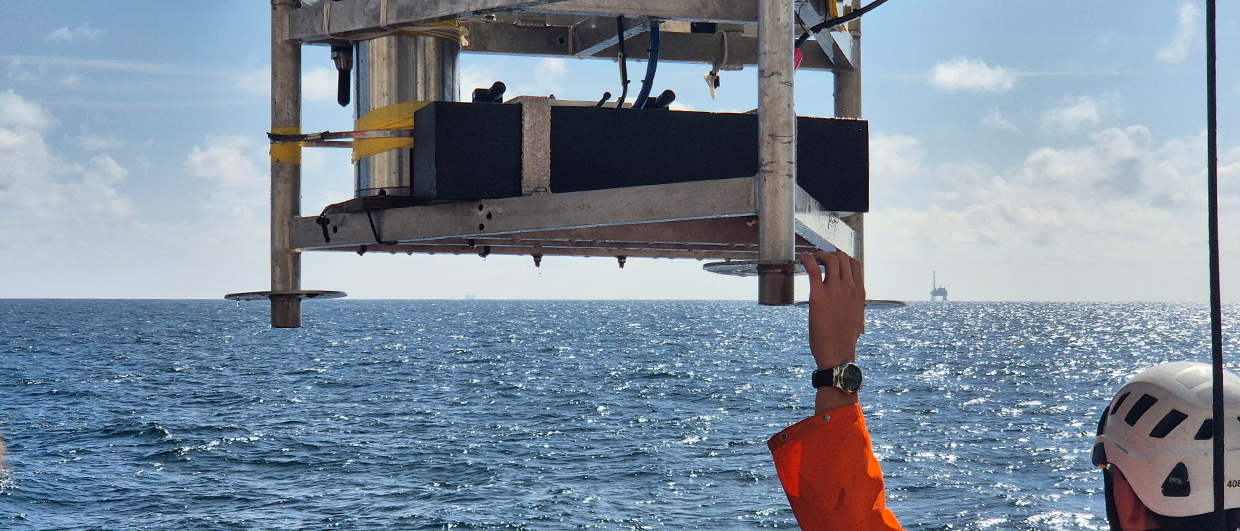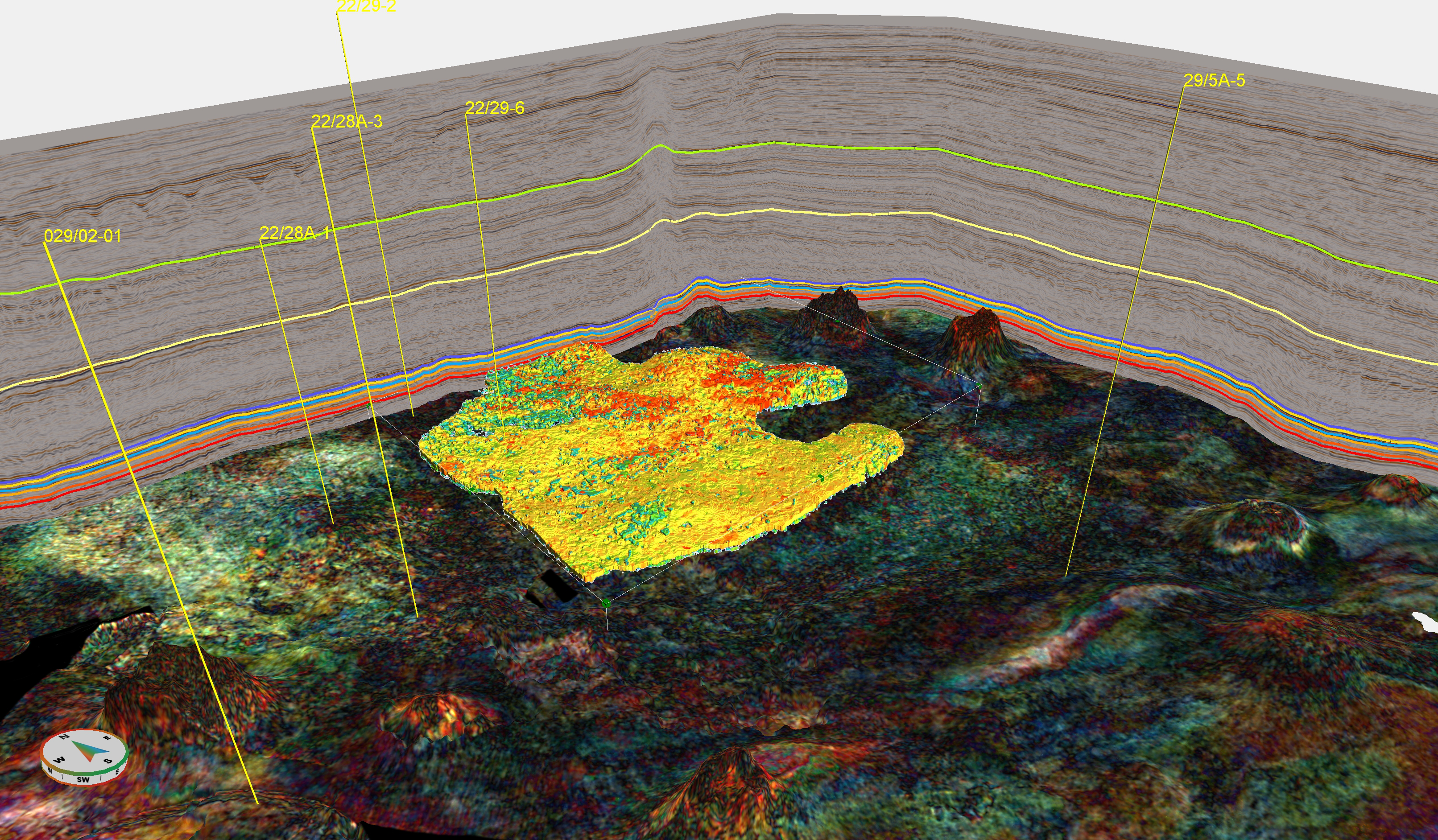Looking at wells drilled in all sectors of the North Sea over the past years, it is clear that near-field or infrastructure-led exploration is now leading everywhere.
Some may argue that with the gradual decline of frontier exploration and the dominance of targeted near-field exploration campaigns, the charm of mapping out big closures and coming up with models how these may “work” has been replaced by a more calculated and predictable way of designing drilling campaigns.
However, when looking at what is currently happening in the North Sea, it is clear that the subsurface still holds many unknowns. Unknowns that can now be tackled through rigorous analysis of legacy and offset data, sometimes with success and sometimes not. Exploration has therefore become a much more data-driven exercise than it was before, but that doesn’t mean it is less exciting.
In fact, when looking at the examples below it may even be argued that exploration is more interesting than it ever was.
(Legacy) data
A very recent success in near-field exploration activity is the Blasto discovery north of the giant Troll field in the Norwegian North Sea. Situated in an area that was previously tested by several companies without success, Equinor announced the find of a 120 MMboe accumulation in a tilted fault block last month. The very interesting aspect of Blasto is that it was de-risked by 4D-seismic data. It is probably safe to say that few had ever expected that 4D would help de-risk exploration drilling targets.
Attend the NCS Exploration – Recent Advances in Exploration Technology Conference (19-20 May 2021) and learn more about how Blasto was de-risked using 4D seismic.
To remain in a data context, UK based companies Moveout Data Seismic Services and Sword-Venture have just been awarded a contract by the OGTC, the Aberdeen-based energy technology centre, to release the hidden value in legacy seismic surveys by readying previously inaccessible data for reprocessing. Supported by three UK operating companies through the supply of previously acquired data, it shows that there is a demand and purpose for this type of work.
Surprises still happen
Despite a wealth of offset data being available in many cases of near-field exploration, surprises still happen. For instance, the Fjell exploration well drilled by Equinor in the area east of Statfjord is a recent example of a campaign that proved the absence of the Upper Jurassic target sand. It shows that in times of chasing sands that are beyond seismic resolution, depositional models sometimes need updating following the well results.
The Jerv well drilled by Chrysaor (now Harbour Energy) a month ago clearly showed the importance of integrating datasets in plays that have a cross-border element. The Jerv well proved that the Paleocene target reservoir was heavily depleted because of production from the nearby UK Fleming field. Whilst it is difficult to believe that in this case the operator was unaware of this possibility, it is at the same time more likely for these things to be missed when there is a border close by.
Niche plays
Niche plays are another increasingly important element of exploration in mature areas. The basal Rotliegend play being chased in the Dutch sector is a prime example of this. Written off or ignored for decades – years during which the classic Rotliegend play offered sufficient opportunities for exploration – it is now seeing its first field development whilst further exploration is still ongoing.
The last example of niche plays and near field exploration is the planned Fat Canyon well to be drilled in the Norwegian Sea. It is also one of the best geological examples of niche plays as the well targets an Upper Jurassic sand deposited in a canyon; sands that form the main reservoir of the Fenja development just a few kilometres downstream in the basin.
Chasing rabbits instead of elephants
There is no doubt that near-field exploration returns smaller volumes overall, but it is a key element in keeping infrastructure economic whilst we gradually transition towards a more renewable energy mix. The examples described above hopefully made clear that during this process a major task still awaits of finding and developing these smaller pockets – chasing rabbits instead of elephants.
A task that requires a unique mix of skills, experience, enthusiasm and technology. A task that involves exploring fascinating geology.
HENK KOMBRINK





